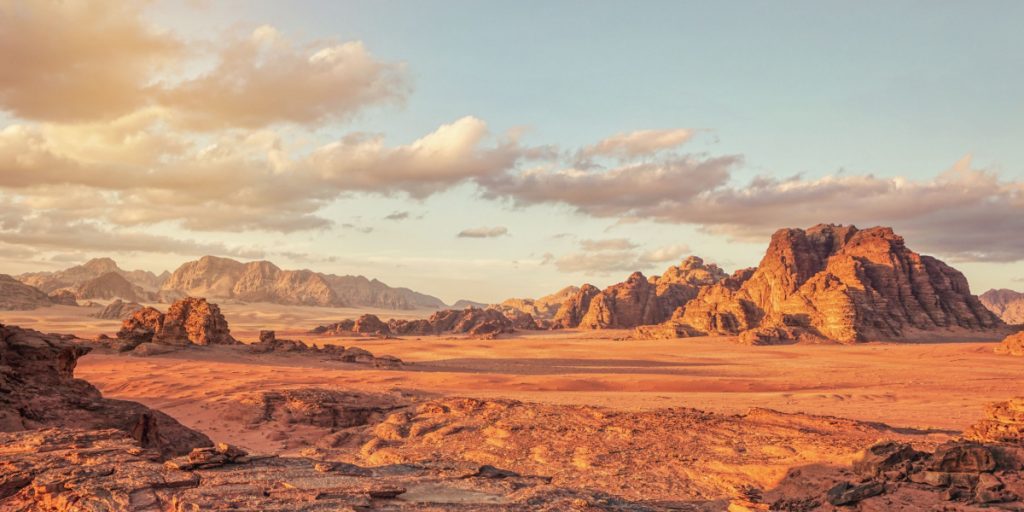Scientists explore the scientific plausibility of the fictional universe in “Dune,” questioning the existence of Arrakis and its iconic giant sandworms.
Others are reading now
“Dune: Part Two” is now showing in cinemas, continuing the story of Paul Atreides on the desert planet Arrakis. This planet, home to the precious spice essential for space travel, is a harsh world where water is rare and giant sandworms are a constant threat.
This captivating saga makes us curious: Can planets like Arrakis actually exist?
We looked into what experts think about the science in “Dune”.
Experts on the Sandworm
To shed light on the scientific plausibility of Arrakis and its inhabitants, experts in planetary science and biology share their insights. Mohamed Noor, a seasoned biologist and science consultant for the Star Trek franchise, scrutinizes the existence of the giant sandworms.
Also read
“What does this thing eat? How does it derive mass and how does it derive energy?” Noor questions the biological feasibility of such creatures, considering the limited resources available in their subterranean environment.
However, he notes that “the sandworms do have some familiar behaviors,” such as using vibrations to detect prey, drawing parallels to certain Earth species.
The Challenges of Human Survival on Arrakis
Michael Wong, an astrobiologist and planetary scientist, casts doubt on the viability of human life on a desert world like Arrakis.
He points out, “There probably isn’t very much plant life pumping oxygen into the air on such a desert world.” Wong mentions that, theoretically, oxygen might be produced through photochemistry, which are chemical reactions triggered by light, but he finds this possibility doubtful.
Despite these scientific reservations, both Wong and Noor appreciate the reflection of real-world science in science fiction narratives.
Wong even mentions that “in the second season of Star Trek: Picard includes a Europa mission, much like the one NASA will launch later this year,” illustrating how sci-fi can mirror actual scientific endeavors.


